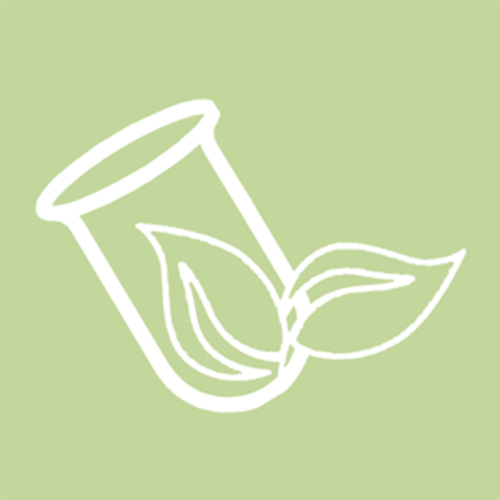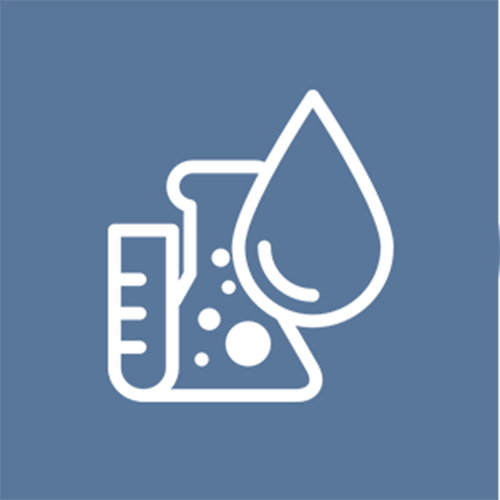CONSTRUCTED POROUS RIFFLE IN THE URBAN PERIPHERY OF LYON (FRANCE)



Description
Location


Sketch

Information about lithology/geochemistry:
Gneiss and granite bed-rocks covered with alocrisol (granitic brown acid soil) and sandy-silt to silty-sand colluvial into valleys.
Main Description
- The Yzeron river basin is 147 km2 in area with a population is of 144 000 inhabitants (1 354 000 for Lyon metropolitan).
- Demosites are located N45°44’38.50’’–E4°41’24.49’’ and N45°45’28.24’’–E4°45’04.09’’ on seasonal rivers.
- This project focuses on the enhancement of natural regulating services by increasing local biodegradation capacity of soils and stream sediments to trap and naturally process polluted waters delivered by urban sewage systems.
- The demosites are part of the Field Observatory for Urban Water Management (http://www.graie.org/othu/index.htm) itself included in the European-LTER network (https://data.lter-europe.net/deims/site/czo_eu_fr_030).
Enhance ecohydrological processes in novel ecosystem
YES
Apply complementary Ecohydrological processes in high impacted system
YES
This table presents the different categories of ecosystem services that ecosystem can provide, divided in:
Provisioning Services are ecosystem services that describe the material or energy outputs from ecosystems. They include food, water and other resources.

Fresh water: Ecosystems play a vital role in the global hydrological cycle, as they regulate the flow and purification of water. Vegetation and forests influence the quantity of water available locally.
Regulating Services are the services that ecosystems provide by acting as regulators eg. regulating the quality of air and soil or by providing flood and disease control.

Moderation of extreme events: Extreme weather events or natural hazards include floods, storms, tsunamis, avalanches and landslides. Ecosystems and living organisms create buffers against natural disasters, thereby preventing possible damage. For example, wetlands can soak up flood water whilst trees can stabilize slopes. Coral reefs and mangroves help protect coastlines from storm damage.

Waste-water treatment: Ecosystems such as wetlands filter both human and animal waste and act as a natural buffer to the surrounding environment. Through the biological activity of microorganisms in the soil, most waste is broken down. Thereby pathogens (disease causing microbes) are eliminated, and the level of nutrients and pollution is reduced.
Ecosystem services "that are necessary for the production of all other ecosystem services". These include services such as nutrient recycling, primary production and soil formation.

Habitats for species: Habitats provide everything that an individual plant or animal needs to survive: food; water; and shelter. Each ecosystem provides different habitats that can be essential for a species’ lifecycle. Migratory species including birds, fish, mammals and insects all depend upon different ecosystems during their movements.

Maintenance of genetic diversity: Genetic diversity is the variety of genes between and within species populations. Genetic diversity distinguishes different breeds or races from each other thus providing the basis for locally well-adapted cultivars and a gene pool for further developing commercial crops and livestock. Some habitats have an exceptionally high number of species which makes them more genetically diverse than others and are known as ‘biodiversity hotspots’.
Cultural Services corresponds nonmaterial benefits people obtain from ecosystems through spiritual enrichment, cognitive development, reflection, recreation, and aesthetic experiences.
Lifezones

![]()
PPT(mm/yr): 734.0
![]()
T(ºc): 11.6
| Elevation of demosite: | 314.0 meters above sea level |
| Humidity: | Humid |
| PETr (by year): | 0.93 |
EH Principles
Quantification of the hydrological processes at catchment scale and mapping the impacts
Distribution of ecosystems and their relevant processes (ex: metabolism=water and nutrient uptake and retention; biomass production)
Ecological engineering (integration, dual regulation and biotechnologies in catchment scale for enhancement of ecological potential)
ECOHYDROLOGY ENGINEERING SOLUTIONS
Into seasonal urban stream : constructed porous riffles to enhance the trapping of sewage organic pollution by porous sediment and its biodegradation by microbial activity.
 Ecohydrological Infrastructure
Ecohydrological Infrastructure
 Faunatechnology
Faunatechnology
 Phytotechnology
Phytotechnology
 Hydrological Flow
Hydrological Flow
Major Issues




Expected Outcomes
Reach WFD objective for the water mass of concern, by Increasing the carrying capacity of seasonal small water courses to cope with urban unmanageable runoff pollution, increase their resilience to future urban development
Develop a river reach scale mapping of the naturally varying carrying capacity all along the river network as to consider it in future land developments.
Latest Results
- Confirmed that artificial riffles can help to trap and process the organique pollution issued by a combined sewer overflowing system.
Contacts
Pascal Breil
- pascal.breil@irstea.fr
- www.irstea.fr
- IRSTEA- Riverly research unit
- www.irstea.fr

Social ecohydrological system
EH Objectives
EH Methodology
Catchment Ecohydrological sub-system
Objectives
Stakeholders
Catchment Sociological sub-system
Activities